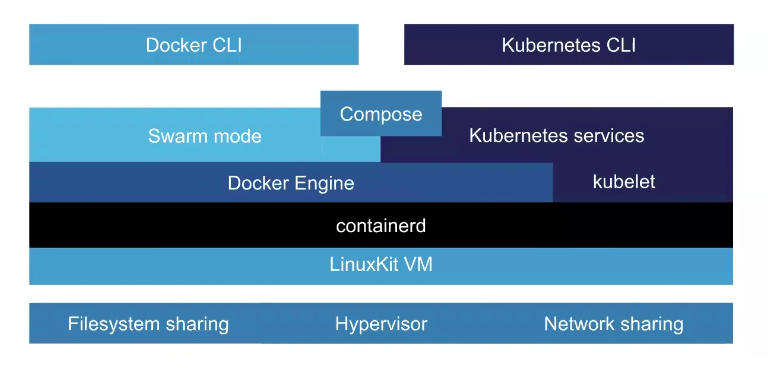
Employing a custom boot2docker box with Vagrant. The required steps are quite extensive, so I refer you to that article for further details. There is an excellent blog post on how Blackfire leverages Docker on the specifics, common errors, as well as tweaks for the NFS method. Users -mapall=$(whoami) $(boot2docker ip)"

The gist of this workaround is to add the following line to the NFS configuration at /etc/exports Since then, scripts have been published to programmatically register the NFS share on the OS X host and inside boot2docker. The workaround was initially proposed on a different issue. This requires manually adding /Users to the NFS export configuration to make it available from within boot2docker. Patching the boot2docker VM to add NFS support.Ī common fix to the problem is avoiding volume synchronization with vboxsf and instead mount the host volume into the VirtualBox VM using NFS. The following workarounds are targeted at OS X, however the general functionality of some workarounds may be available for Windows, too. They are ascending in the time of my discovery, not preference. The following suggestions are mainly based from recent blog articles and boot2docker issue #64. There is ongoing discussions and development of workarounds concerning the performance impact with volume sharing. VirtualBox Shared Folders ( vboxsf) are reliable-but unfortunately- terribly slow, even on fast underlying storage. Using boot2docker, volumes can be used just as on a Linux host, but they are exposed as a shared folder to the docker daemon on the guest beforehand.
#MAC OS DOCKER WHERE ARE VOLUMESD MAC OS#
On Mac OS X, probably the most popular choice is boot2docker, which is a command-line wrapper around creation and management of a VirtualBox VM set up for docker. Instead, the docker daemon itself is run within a Linux-based Virtual Machine, which the docker client connects to. On many systems, some of the kernel features required by Docker are not natively available. These variants are commonly referred to as Union File Systems. However, manually re-building the container is time-consuming and impedes rapid development.Ī common approach is to mount the isolated application folder inside the docker container.įor the Linux kernel, a number of filesystem variants exist that provide this layered functionality: creating, sharing, and re-using volumes on the host itself. Technically, you could build the container running the Rails stack periodically.

If you develop that application locally, you need to push the changes into the container. This array would certainly consist of a database server, and could entail an authentication service backed by a Directory Service. Imagine you employ Docker for a local, orchestrated array of services around a Rails application. This preceding post introduces the fundamentals of Docker if you are not familiar with the Docker stack yet. This post assumes a basic understanding of the capabilities of Docker and Compose.

This post aims at giving an overview on the host volume performance impacts when running Docker on a non-Linux host. While Docker Compose includes a command to trivially define synchronized folders with the volume command, development performance is impaired when the docker daemon is not running on the host itself-such as on OS X.
#MAC OS DOCKER WHERE ARE VOLUMESD FULL#
With it, a developer can employ the full power of the host to work on code locally, and instantly see these changes reflected inside the Docker container. These articles were written well over a year ago, so parts of the article may be outdated.įor development environments with Docker, a fundamental requirement is the synchronization of host folders with a Docker container.


 0 kommentar(er)
0 kommentar(er)
